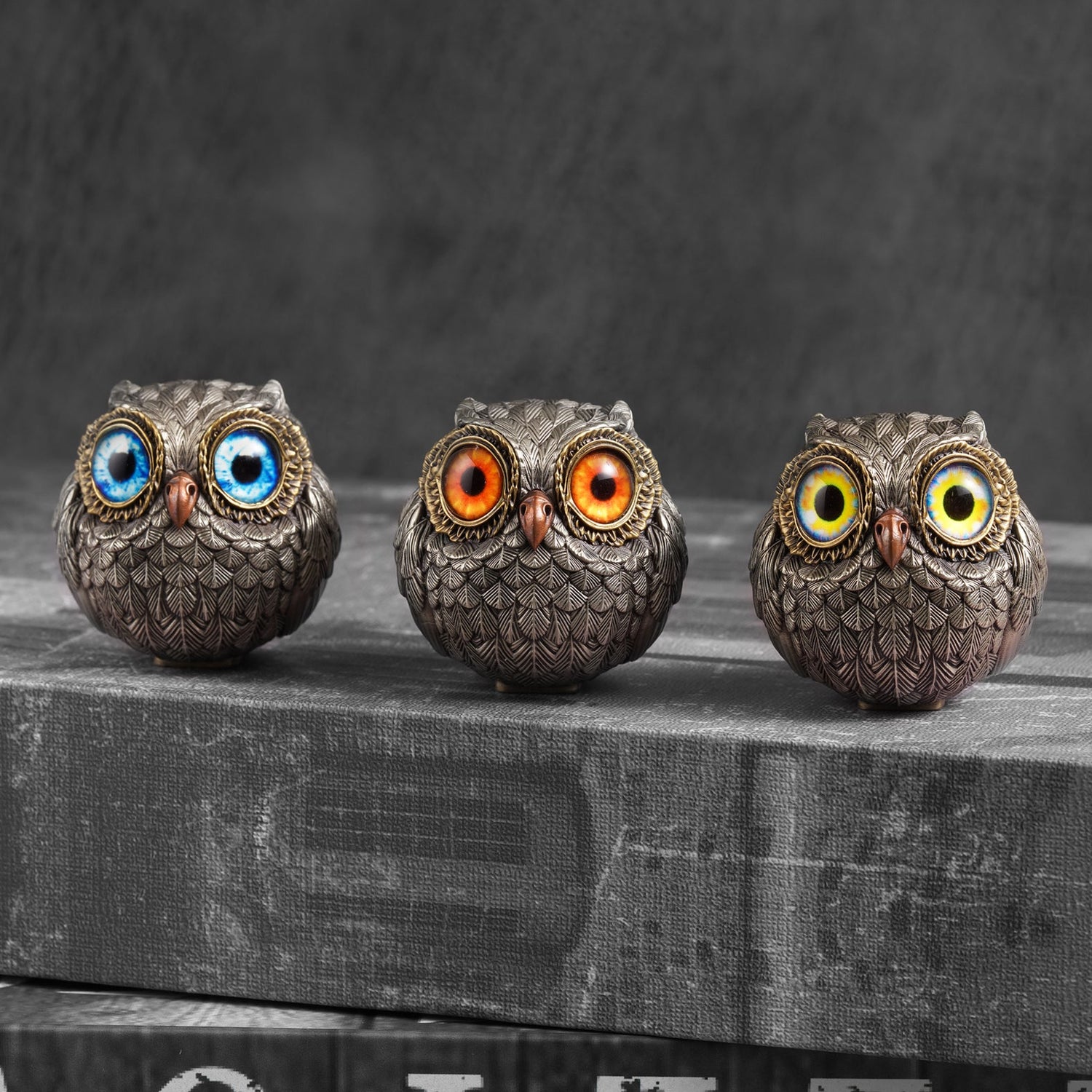Metal sculpture is a captivating art form that has enchanted artists and art lovers for generations. Picture grand statues towering over public squares, capturing the imagination, or delicate, intricate modern metal sculptures that bring beauty and soul to personal collections. Metal sculpture blends creativity, craftsmanship, and material science in a way that few other art forms can. But what makes it so unique? Why has it held a place in human history for so long?
At its heart, metal sculpture involves crafting three-dimensional shapes with metal as the primary material. Unlike many art forms, it’s a fascinating dance between artistry and technical skill—artists must not only envision their piece but also understand the properties of each metal they work with. Let’s journey into this world, exploring the history of metalworking in art, techniques, and uses of abstract metal sculptures and large metal sculptures for outdoors to understand why this art form remains a timeless and inspiring expression.
What is Metal Sculpture?
Simply put, metal sculpture is the art of shaping and molding metal into forms that can be anything from abstract to lifelike. Artists choose metals like bronze, steel, iron, aluminum, and copper, each prized for its durability, flexibility, and ability to capture fine details. For instance, bronze metal sculptures for home decor are known for their strength and elegance, adding beauty to indoor spaces. These materials make metal sculpture an ideal choice, whether for public metal art installations or private collections.
Metal sculpture traces back to ancient civilizations, where metal’s usefulness quickly gave way to its beauty. What started as practical use—tools, weapons, religious icons—evolved into a journey into metal’s artistic potential. Today, artists worldwide are inspired by metal’s properties to create custom metal sculptures for gardens, large city landmarks, or collectible art pieces.

Common Techniques in Metal Sculpture
Creating metal sculptures requires more than imagination; it demands mastery of techniques to bring ideas to life. Here are a few key methods:
Welding
Welding is among the most common techniques, using intense heat to fuse metal pieces together. It enables artists to craft larger sculptures from smaller components, allowing for complex, layered designs that give modern sculpture its industrial and structured feel. Artists must carefully control the heat and flow of molten metal to create seamless bonds, requiring both precision and a deep understanding of welding techniques for sculpture.
Casting
With roots reaching back thousands of years, casting is a time-honored technique. In this process, artists make a model in wax or clay, encase it in a mold, and pour in molten metal. This method is particularly popular in modern bronze sculptures because bronze’s properties allow for intricate details and textures, making it a great choice for both figurative and abstract metal sculptures.
Forging
Forging uses heat to make metal malleable before shaping it with hammering or pressing. This technique lends itself to organic, flowing shapes that would be challenging to achieve otherwise. Forging requires a balance of physical strength and artistic sensitivity, resulting in sculptures that often convey a dynamic energy, as if capturing the intensity of their own creation.
Fabrication
Fabrication, a more modern approach, involves cutting, bending, and assembling metal into shapes. Artists use industrial tools like plasma cutters and CNC machines to achieve precise cuts and unique designs, making it a popular choice for contemporary metal sculptures. This technique opens up endless possibilities for metal art installations, from incorporating found objects to creating interactive pieces.
Where We Find Metal Sculpture Today
Metal sculpture brings its enduring beauty and versatility to many places, from public art installations to interior design elements. Here’s a look at its diverse applications:
Public Art
In cities worldwide, large metal sculptures for outdoors are focal points in public spaces—parks, plazas, and squares. These works serve as landmarks and cultural symbols, fostering pride and sparking inspiration. Since they’re out in the open, public metal sculptures must be built to withstand the elements and endure over time. This requires collaboration with engineers and architects to bring outdoor metal sculptures to life.
Architecture and Interior Design
In architecture, metal sculptures add a layer of artistry to functional spaces. Metal can become part of a building's facade, accenting railings or gates, or even taking center stage as a decorative or structural element. In interiors, bronze metal sculptures for home decor provide a focal point, drawing attention and transforming a room, from small tabletop pieces to large, abstract metal sculptures that dominate a space.
Private Collections
Collectors appreciate metal sculptures not only for their beauty but also for their durability and value as investments. Pieces in private metal sculpture collections range from historical works to contemporary designs. Many art collectors prize abstract metal sculptures and modern bronze sculptures as timeless and valuable additions to their collections.
Why Metal Sculpture?
What draws people to metal sculpture? Here’s why it holds such a unique place in the art world:
-
Durability: Metal is resilient, withstanding weather and time, ensuring that metal sculptures are treasures that can be enjoyed for generations.
-
Versatility: Metal allows artists to create a wide array of forms, from abstract and geometric to lifelike representations, supporting any artistic vision.
-
Aesthetic Appeal: The way metal interacts with light, its texture, and the potential for patination give it a beauty that’s hard to replicate in other materials.
-
Timelessness: Metal sculptures have a timeless quality, fitting beautifully into both traditional and contemporary settings.
A Lasting Legacy
Metal sculpture is a vibrant art form that continues to evolve, embracing new techniques and materials along the way. For artists, it’s a medium to explore and push boundaries; for collectors, it’s an investment in beauty and craftsmanship; and for anyone who appreciates art, it’s a source of inspiration.
From the ancient bronzes of classical civilizations to modern abstract metal sculptures, metal sculpture remains a testament to human creativity and skill. As you discover this art form, may you see that its possibilities are as boundless as the human spirit itself.












